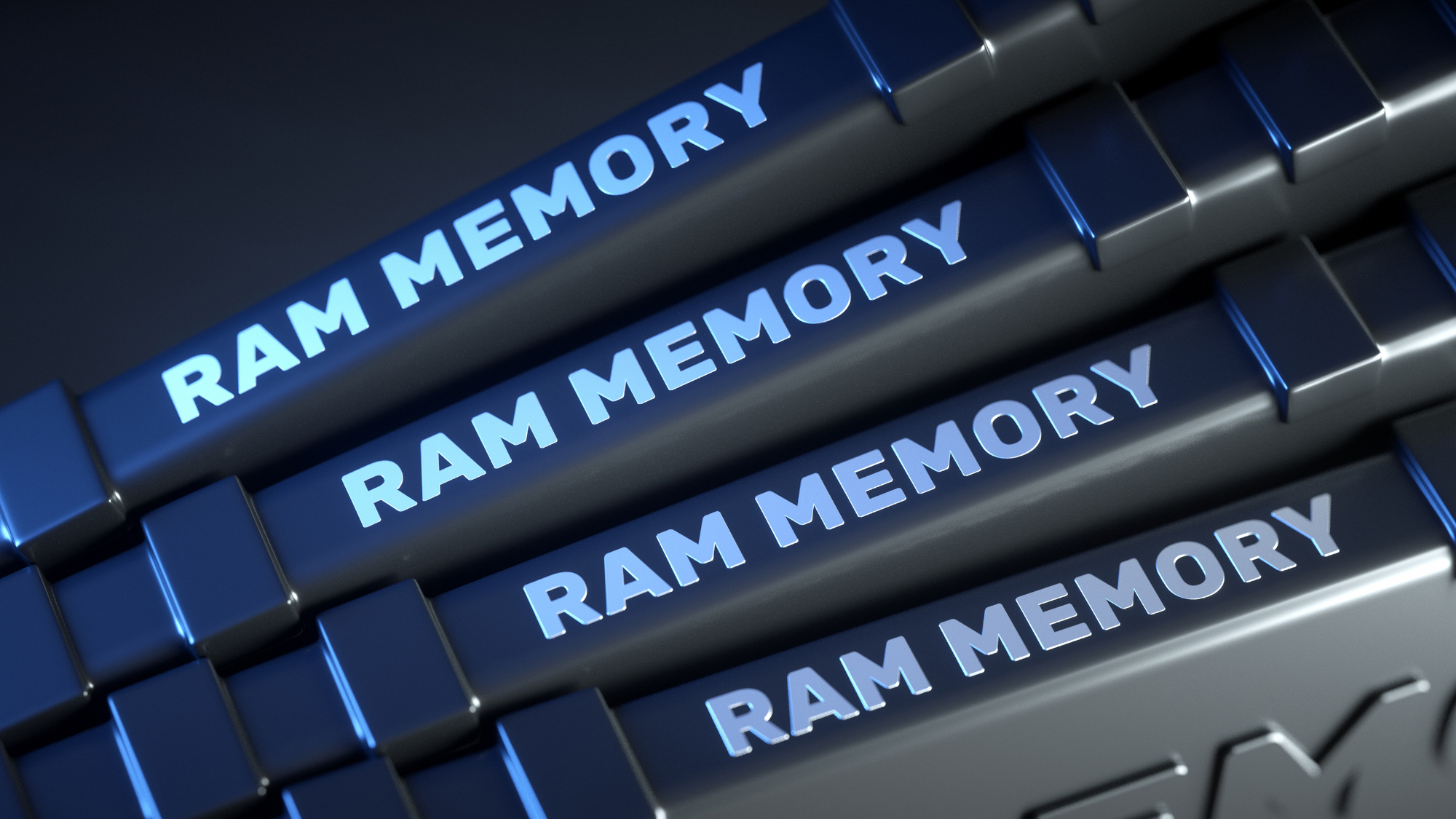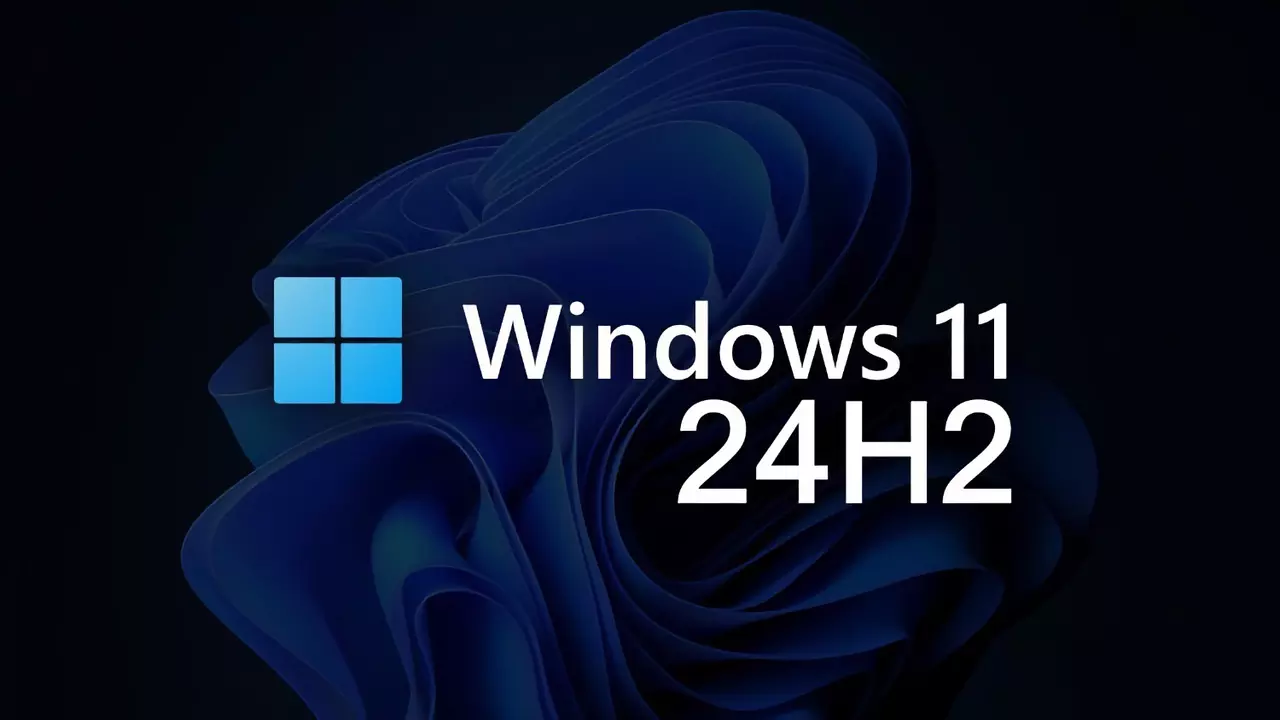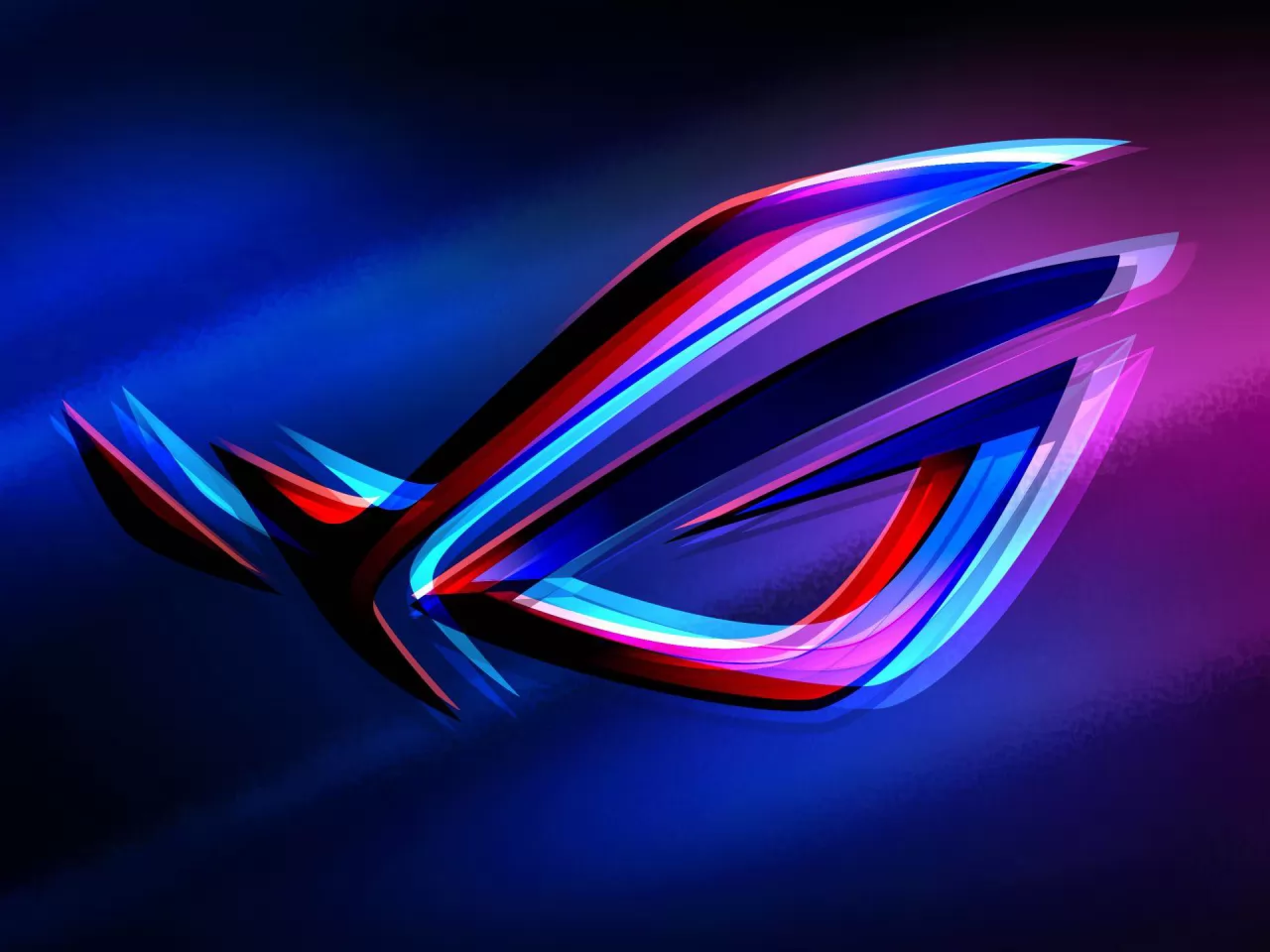When buying a PC, it’s not just one single component that counts, like the best graphics card or the most powerful CPU. Instead, you need to consider many individual parts when making your decision.
One important component that plays a role, especially for demanding applications such as gaming or video editing, is the RAM. It serves as a cache for all of your system’s important data, programs, and more, so that it can be accessed more quickly. Working memory is also known as RAM, but why is it there at all?
What does RAM stand for?
The term RAM stands for random access memory. This already includes the working memory that we are talking about here, but what is random about it?
It’s an outdated term. RAM was a counter-model to the previously used working memory, in which all work processes could only be processed in a specific sequence. With modern RAM, the system can, in principle, access any data memory without having to follow a predetermined sequence.
A more appropriate translation here would be direct memory access. However, the abbreviation DRAM is already reserved for dynamic RAM, which is sometimes used as a synonym, but actually describes a specific type of working memory in semiconductors.
Difference between RAM and VRAM
VRAM describes the video memory, i.e. the working memory of your graphics card. Only processes that are directly related to the output of image and video material are stored here, for example when you play a video game.
The VRAM also plays an important role in the rendering process. If an appropriately large video memory is available in addition to the normal RAM, your PC can display complex scenes and 3D objects much faster without running out of RAM.
Creative professionals in particular benefit from VRAM, but systems that do not have enough VRAM reach their limits when gaming if the settings are too high. The utilization of the VRAM therefore plays just as important a role as that of the normal working memory.




